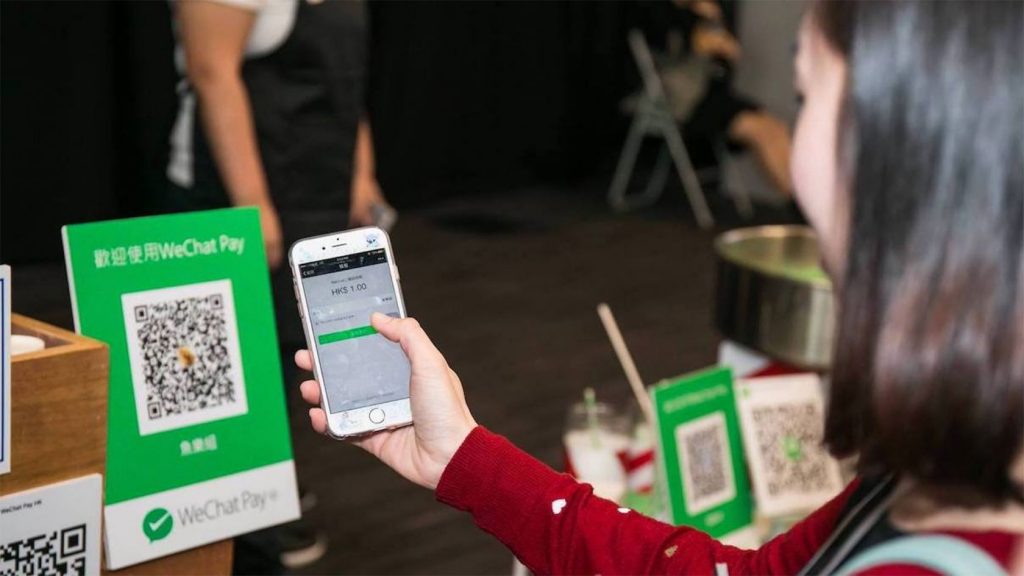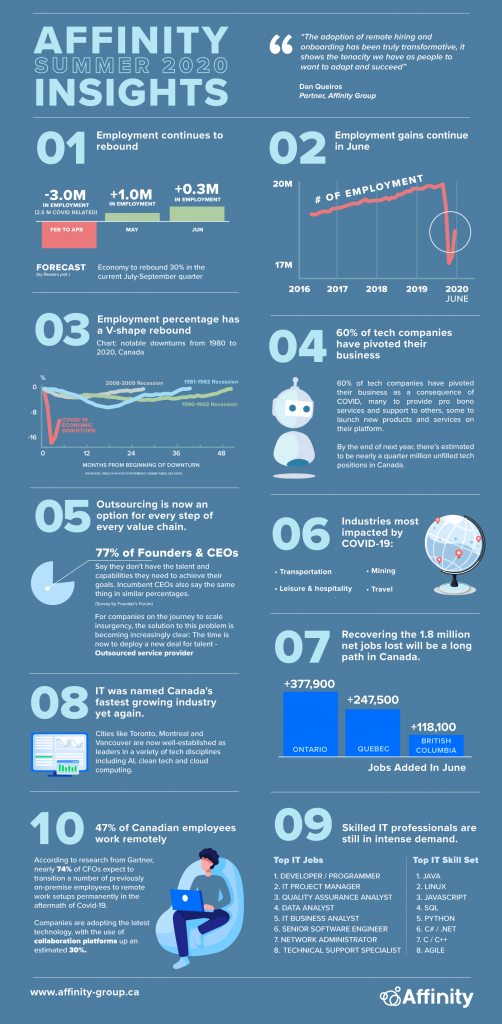
Gone are the days when our parents would walk into the bank and patiently wait in line to transfer money to a friend or family member. Now, sending funds from North America to Europe, Asia or Africa is just a click away on an app.
When you think of the word “banking,” what comes to mind?
Convenient, digital and fast.
These words truly encapsulate the current banking industry whilst highlighting how our technologically advanced world has contributed to changing the narrative and the mundane connotations associated with traditional banks. According to a report by Global Market Insights, the digital banking industry is expected to register gains at over 6% CAGR from 2020 to 2026. With this in mind, an increasing number of banks are looking to digitalize their services in order to satisfy customer needs and stay competitive in the market.
Many banks have already started adopting software such as Temenos to increase customer personalization, improve product agility and enhance customer loyalty. The main goal is to completely revolutionize banking and say goodbye to the long wait times through a redesigned online service. But… is there more that banks can do to decrease customer pain points and reshape the current distribution channels?
As said by Ian Bradbury, CTO for financial services at Fujitsu, “Digital banking makes life easier for consumers; people are increasingly enjoying the simplicity of managing all their finances in one place, setting up automatic payments or making deposits, any time and anywhere, without the need to queue in a bank.” In simple terms, we want our lives to be as easy as possible and digital banking helps achieve this. Bradbury’s words also allude to the fact that consumers are not only craving a simpler banking experience but perhaps a completely integrated system that allows them to manage their finances beyond the typical services offered. What I’m talking about is one online banking app that allows you to manage your finances when you’re dining out with your friends or shopping at your favourite store.
WeChat, more commonly known as Wēixìn (微信), is the biggest social media platform in China, with over 1.1 billion monthly users, that has created a digital wallet for consumers by integrating a payment gateway with a plethora of services. On the app, through WeChat Pay, you can make payments at any store, theatre or restaurant by scanning a QR code, manage your debit and credit card spending, pay your phone or utility bill, borrow money without collateral, and much more. Referring to WeChat as a social media platform is technically flawed as it does not come close to capturing the app’s capabilities in its entirety. WeChat Pay can also be used internationally, allowing Chinese consumers or anyone with a Chinese bank account to manage their finances across borders. This feature converts the local currency into CNY, based on real-time rates. If this doesn’t qualify as making life easier for consumers, I don’t know what does!
The future of banking does not consist of merely redesigning banking services online; there needs to be an integration of varying services that help consumers easily manage their finances in every aspect of their lives. Are Western countries able to learn from WeChat’s success and adopt a similar approach to a consumers’ banking experience, paving the way for imperative simpler processes and an increasingly digital world?










